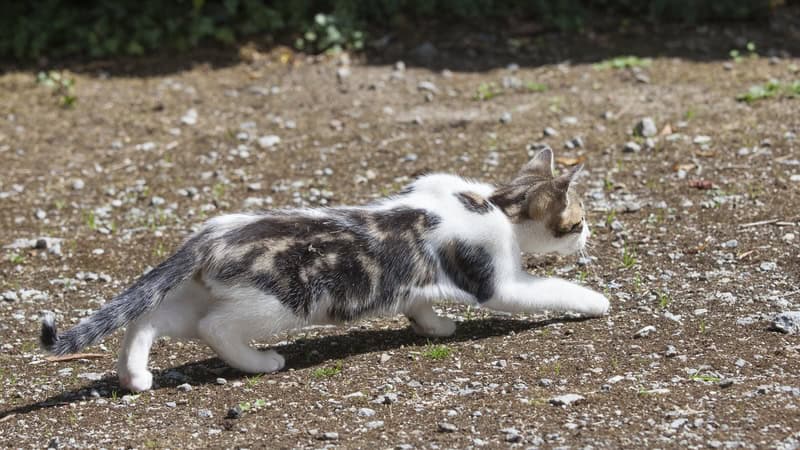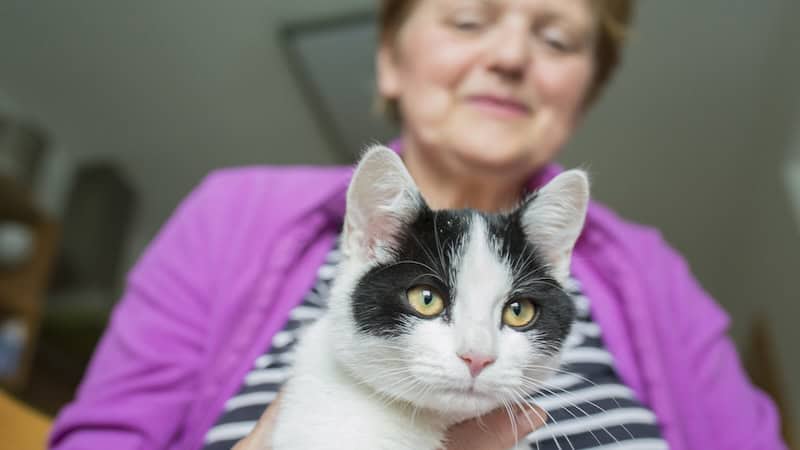Feral Cats and Wildlife
A reader doesn’t see eye to eye with ‘My Pet World’

Noting the major issue of feral cats and wildlife challenges, a reader chastises My Pet World columnist Cathy M. Rosenthal for her advice on helping wild domesticated cats. Rosenthal responds.
Dear Cathy,
I read your advice, “Preparing Feral Cats for Winter.” While our country is riddled with invasive species of plants, animals, and insects, feral cats are also invasive, invading the limited habitats of today’s urban and rural landscapes.
The article mentions you as a “pet expert,” yet you seem to lack significant knowledge about the dire state of habitats for native wildlife. A brief look at rural areas in February would reveal the desperate conditions for songbirds and other species.
Feral cats exacerbate these challenges, causing the loss of millions of songbirds annually and preying on other animals. Their instinct to kill, even without consuming prey, makes their presence especially harmful.
Must we accommodate feral cats at the expense of native wildlife? Are they “more deserving” as ground predators? While I take issue with feral cats, I have an even bigger problem with people like you, who hold them so dear yet disregard the imbalance they create outdoors.
– Scott, Bennington, Nebraska
Dear Scott,
Thank you for your letter. While I may be one of those pet lovers you’re not too fond of, I assure you that my goal is always to work toward solutions that help all animals. While I may be a “pet expert,” I don’t claim to be a wildlife expert. However, I do recognize the impact cats can have on their environment if left unmanaged.
Interestingly, many environmental groups – including bird organizations – support humane approaches like trap-neuter-return (TNR) programs. These programs work to prevent new generations of feral cats, gradually reducing population numbers without resorting to capturing and killing.
By neutering or spaying, vaccinating, and returning cats to their territories, TNR helps stabilize colonies, prevents new cats from moving in, and reduces their impact over time. Volunteers who feed these cats also play an essential role in reducing their reliance on hunting for food, further benefiting local wildlife.
The key to solving this problem, however, lies in convincing pet owners not to abandon their cats in the first place (an unfortunately common problem) and to spay and neuter them. Feral cats exist because of these human actions – and inactions. It’s our shared responsibility to find humane solutions that prioritize the well-being of these cats while also addressing the needs of the natural environment.
Thank you for sharing your thoughts. While “people like me” may approach this issue differently than you, there should always be room for thoughtful discussions to find common ground.
Should Kitty Get a Taste of the Outdoors? Ask Amy weighed in.
Cathy M. Rosenthal is a longtime animal advocate, author, columnist, and pet expert who has more than 25 years in the animal welfare field. She addresses reader questions as diverse as feral cats and wildlife issues to bizarre dog behavior. Send your pet questions, stories, and tips to cathy@petpundit.com. Please include your name, city, and state. You can follow her @cathymrosenthal.
©2025 Tribune Content Agency, LLC


